1. Captivating pre-war Still Life works of this lesser-known French photographer
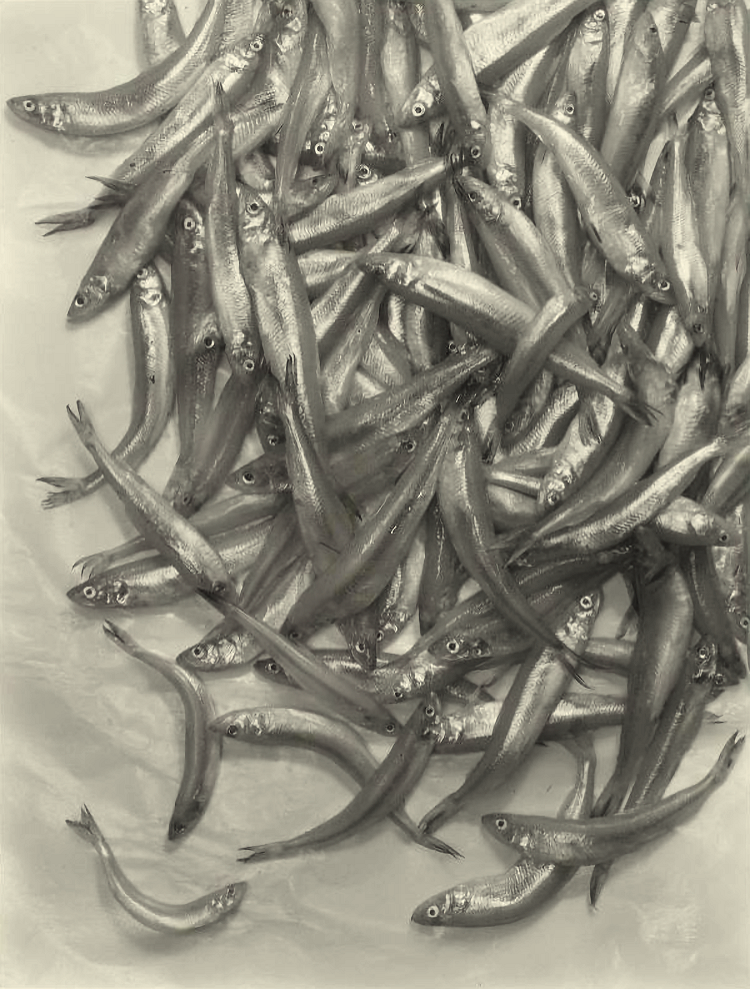
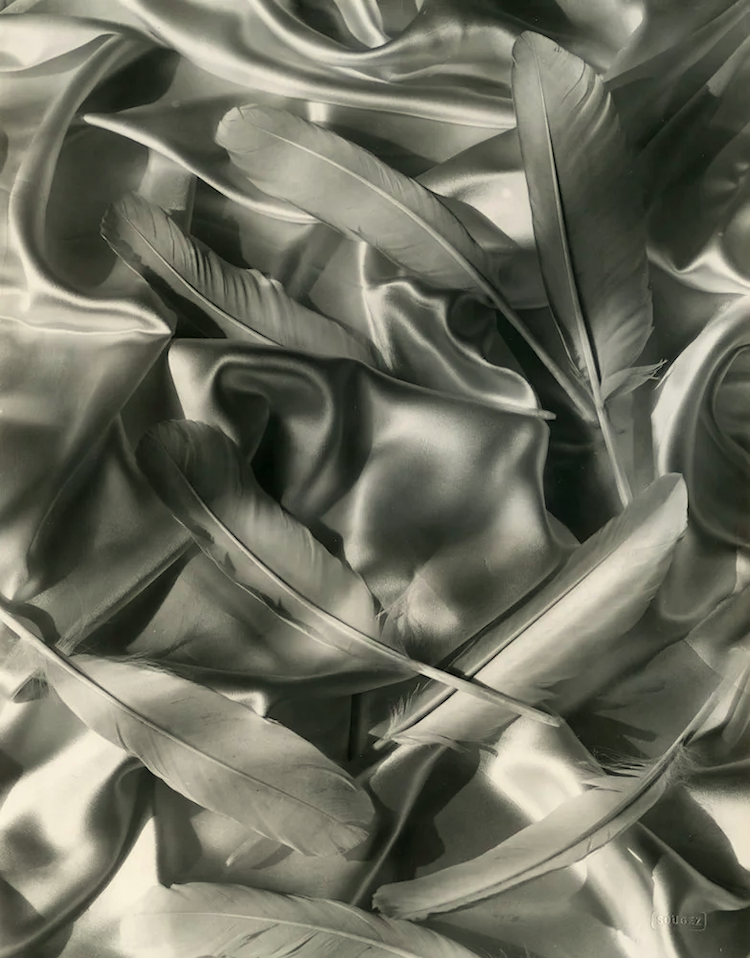
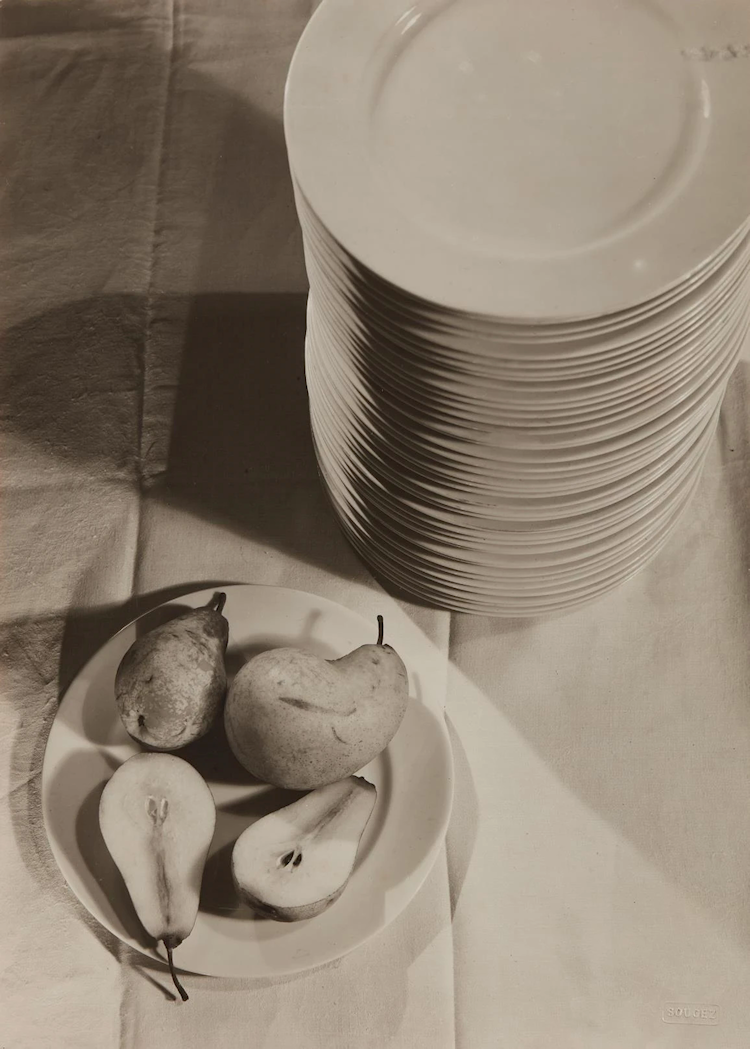

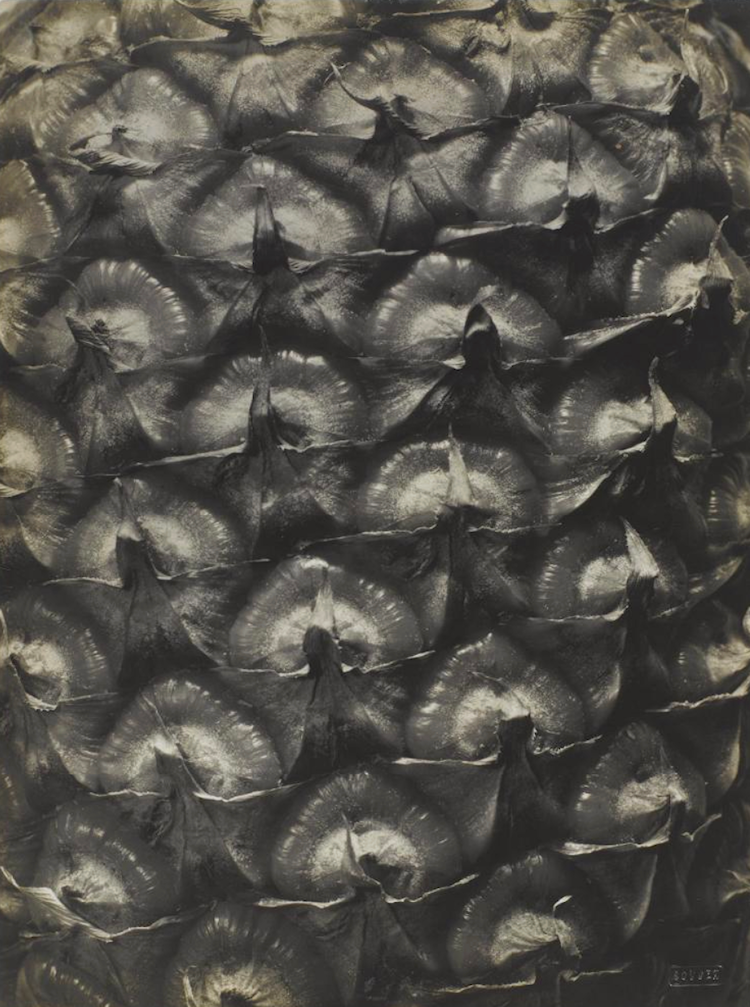
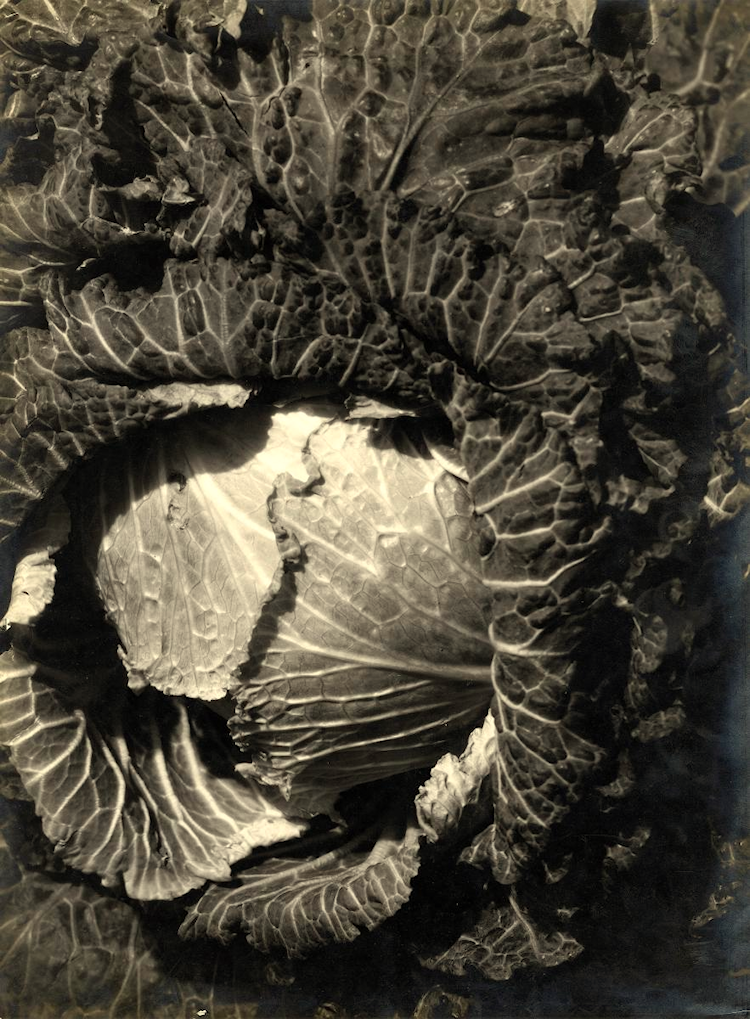
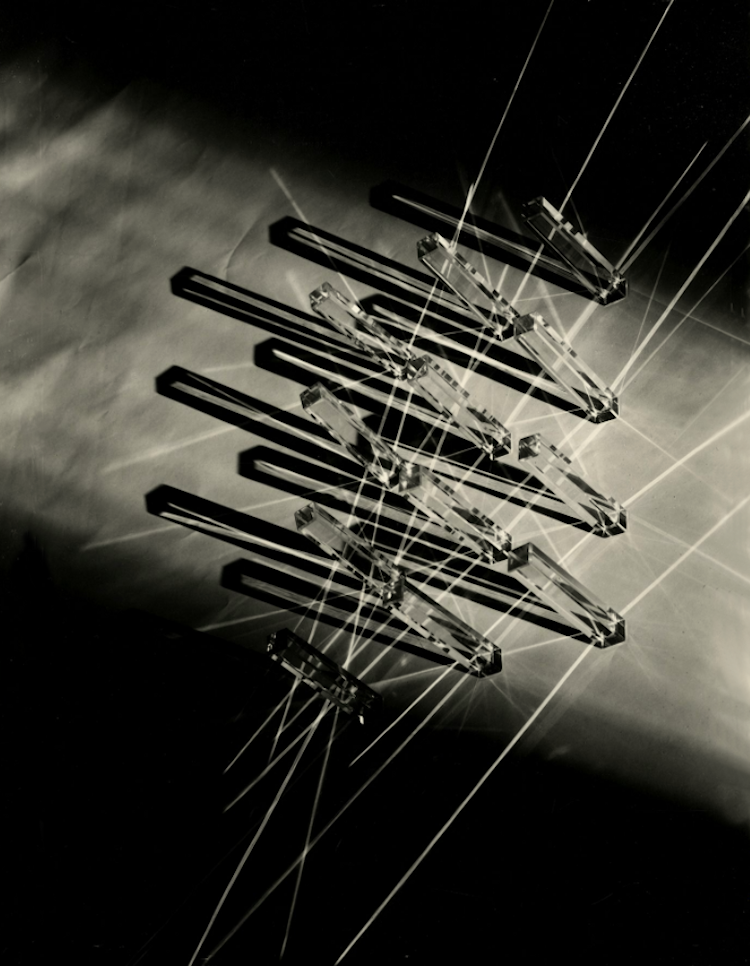
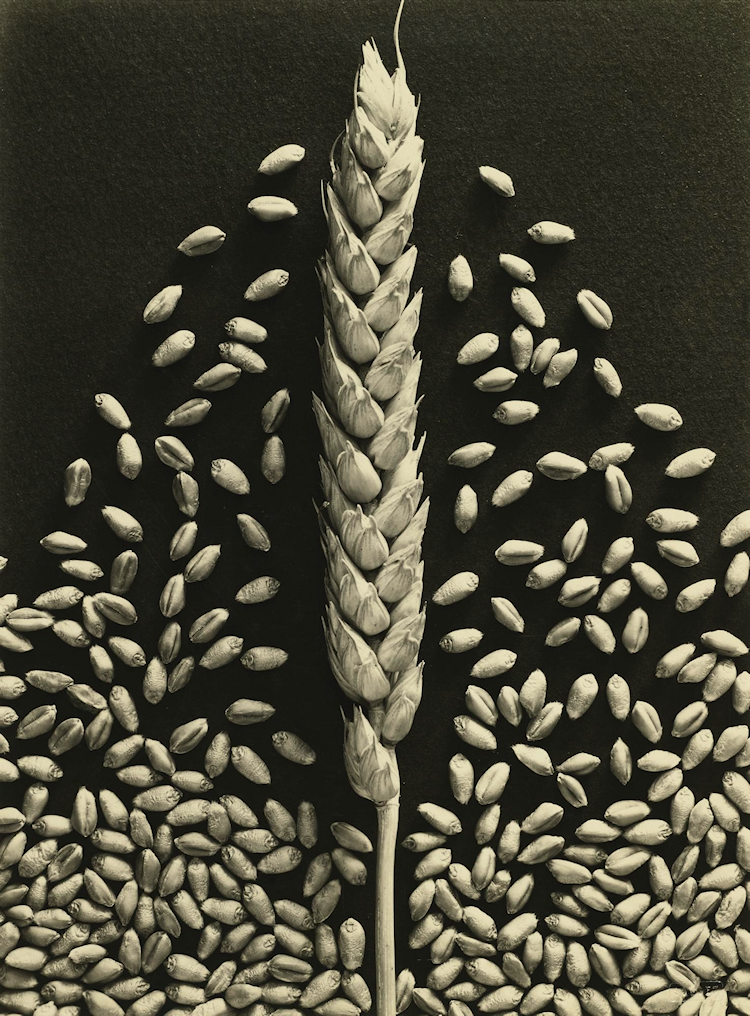
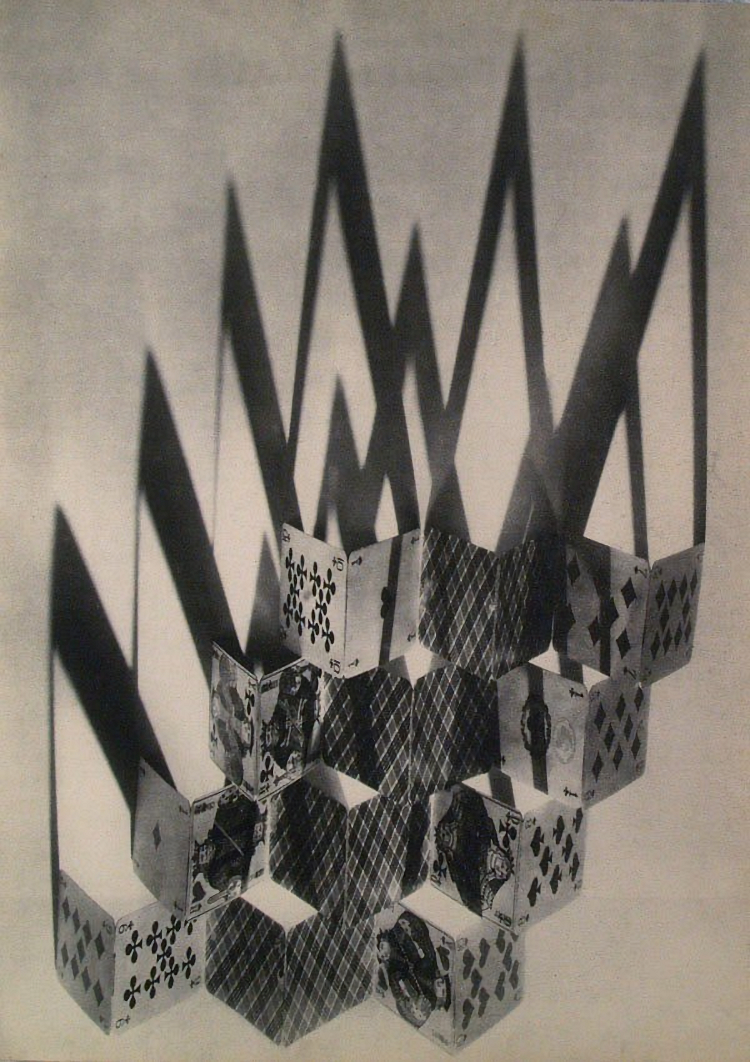
Louis-Victor-Emmanuel Sougez (1889 – 1972) was a French photographer born in Bordeaux, who enrolled at age 15 at the Ecole des Beaux-Arts de Bordeaux, where he studied art, but soon abandoned that to concentrate on photography. After the First World War, became a freelance photographer, based in Paris. In 1926, Sougez founded the photographic department for the French weekly newspaper, L’Illustration, and promoted the use of colour photography. Some of Sougez’s work is in the permanent collection of the Art Institute of Chicago.
Found via Gods and Foolish Grandeur. Discover more of his work here.
2. Beautiful Word(s) of the Day

According to Dr. Robert Beard, found on Imgur
3. Pavarotti on Summer Vacation (and I also found his villa in the photos for rent)

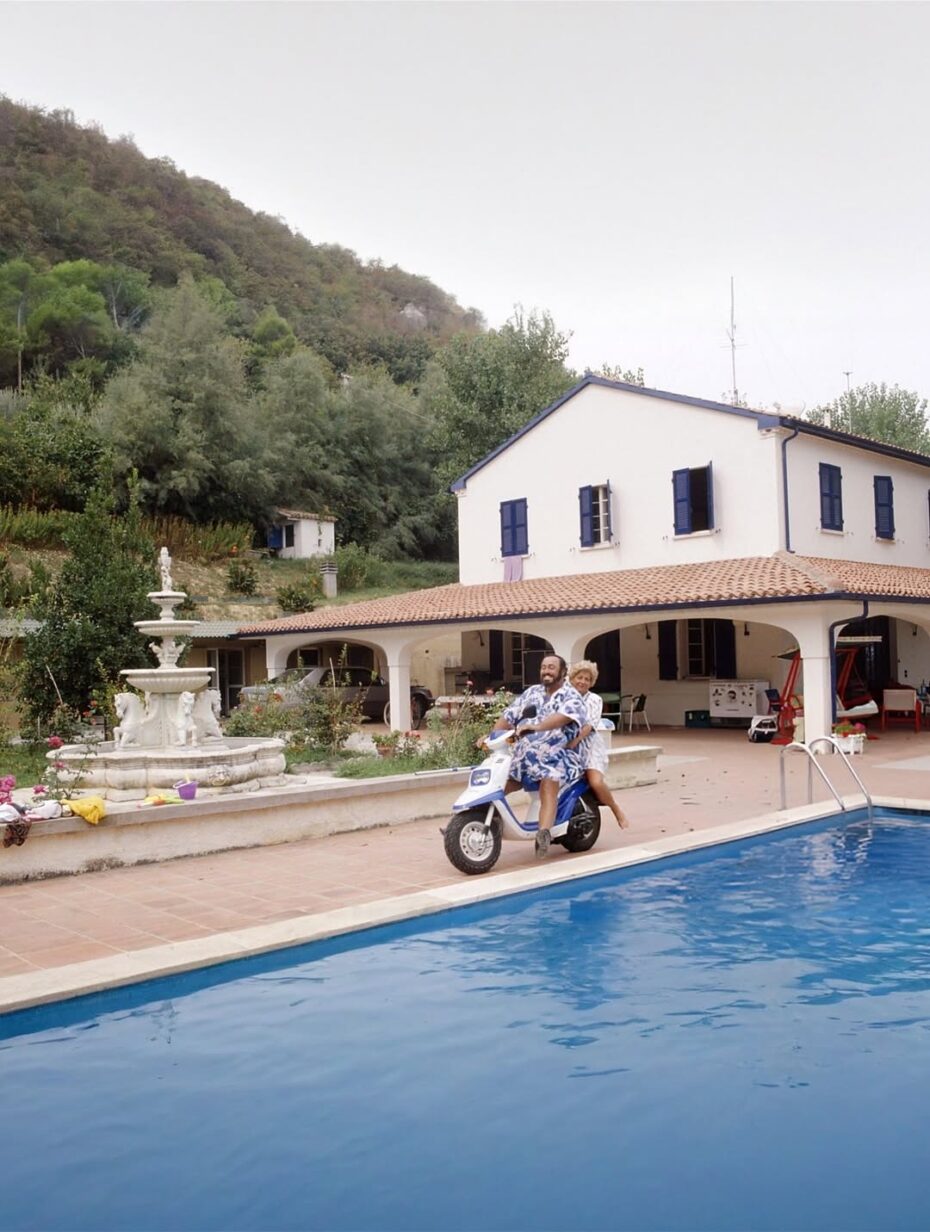


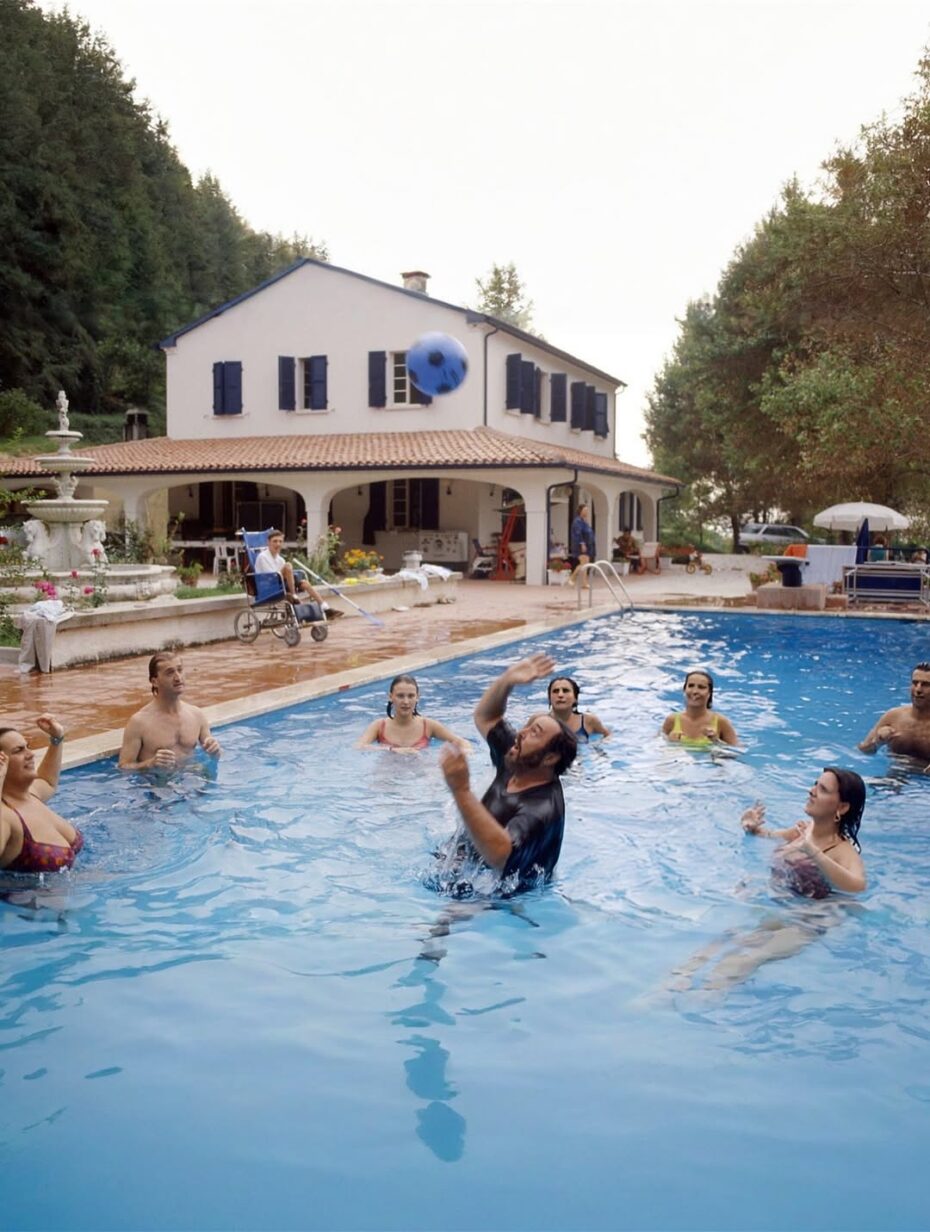




Luciano Pavarotti in Pesaro, from the Adriatic Coast. Here’s the vacation home for rent – pretty much a time capsule of 80s Italo disco.
4. Once you learn about the “phallus tree” motif in medieval art you can’t really forget it

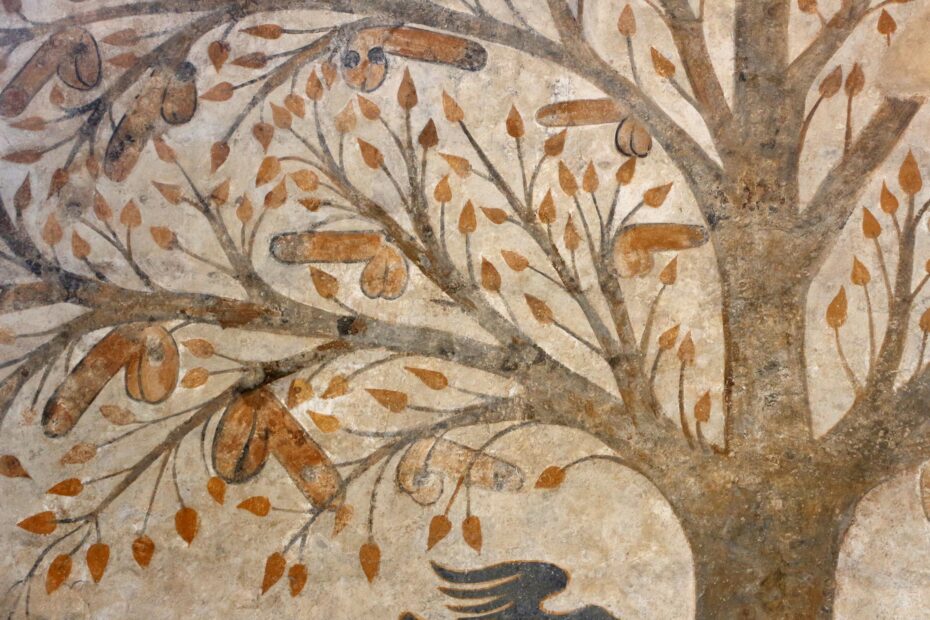
This one was created in 1265 but only discovered in 1999 in the Italian town of Massa Marittima. It’s thought the female figures are witches, knocking the phallic fruit from the trees and collecting them in baskets for later.
According to WIkipeida:
The phallus tree was an art motif in Western Europe during the late Middle Ages and the beginning of the Renaissance. Its concrete significance is hazy, but it appeared in bronze, illuminated manuscript, and paint; it manifested as bawdy humour, religious parody, political comment. The Tuscan Massa Marittima mural, featuring oversized phalluses, some erect, complete with testes, was Guelph propaganda warning that if the Ghibellines were allowed to take control, they would bring with them sexual perversion and witchcraft. In addition to the striking phallic tree imagery in late medieval and Renaissance art, the symbols have roots that could be traced back to Roman times, especially through the figure of Priapus. Moser notes, “the phallus itself were magic, able to exist at the center of the area of the obscene without taint or injury.” This idea emphasized that the phallus was not only a symbol of fertility but also a talisman against evil. This blend of fertility and protection weaves through different cultures and eras, improving our understanding of the phallus tree and its significance.
Found in the Depths of Wikipedia.
5. The Mowing-Devil (1678), or, the Earliest Known Depiction of a Crop Circle
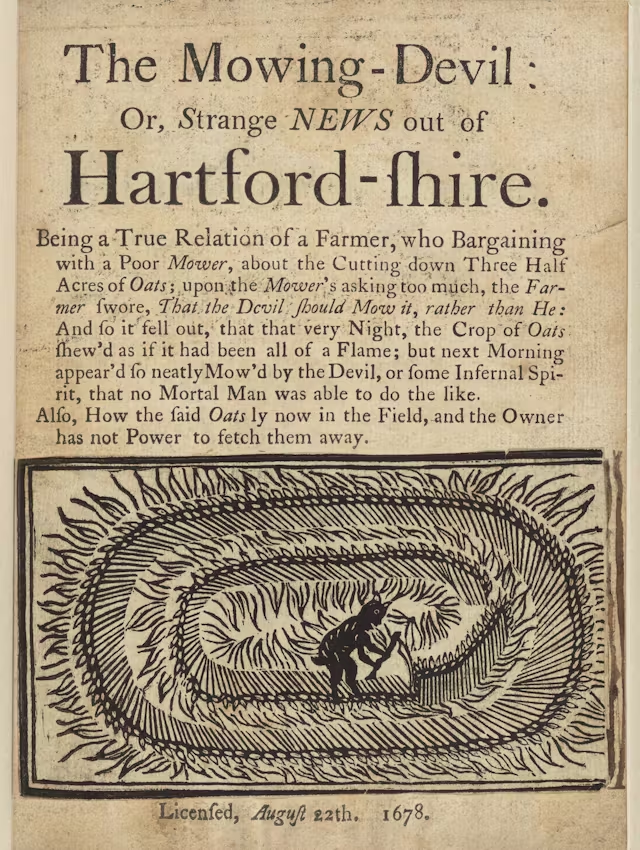
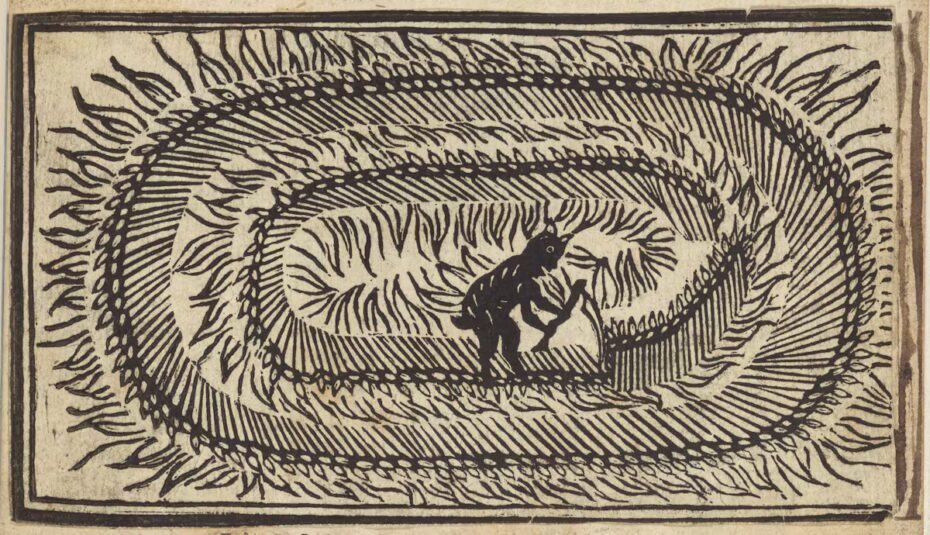
Found on The Public Domain Review.
6. This Little Library
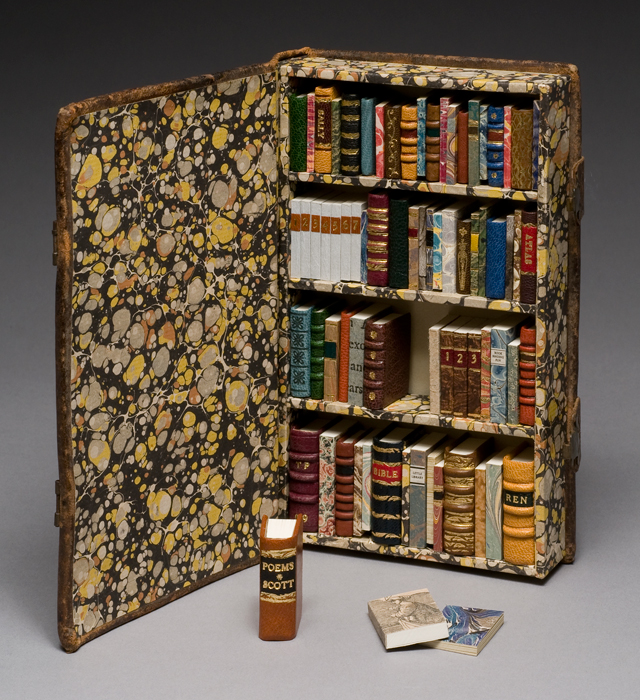
Found and altered early 19th-century leather binding with fore-edge clasps. The bookshelves of the altered binding hold seventy-two blank leather- and paper-covered books which open and range in height from 1” to 1.5”.
By Todd Pattison of the Guild of Bookworkers
7. Soldier Pincushions, Embroidered on the frontlines of WWI and Sent To Sweethearts Back Home
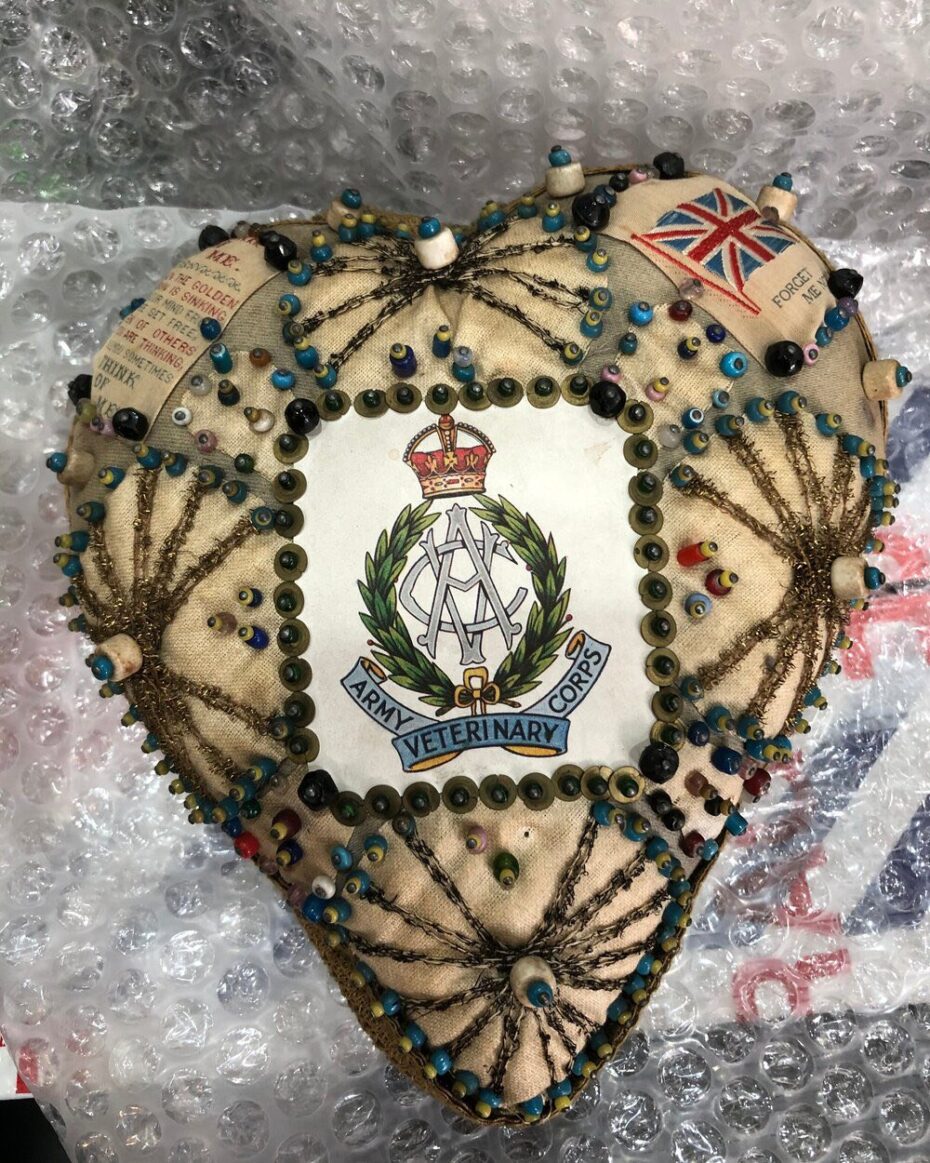
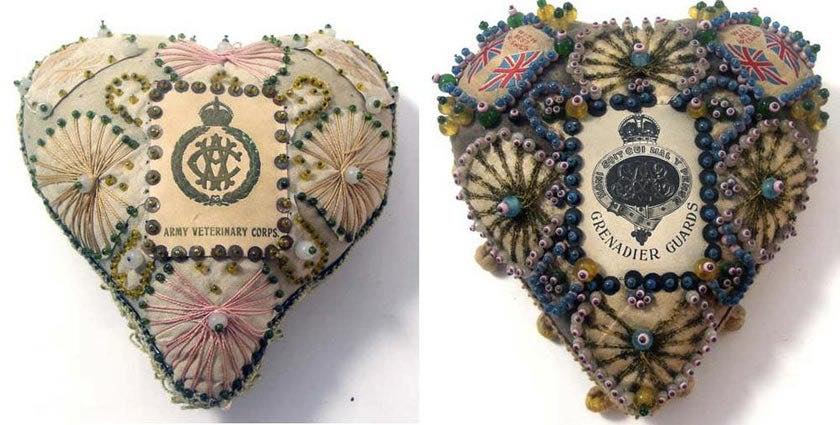
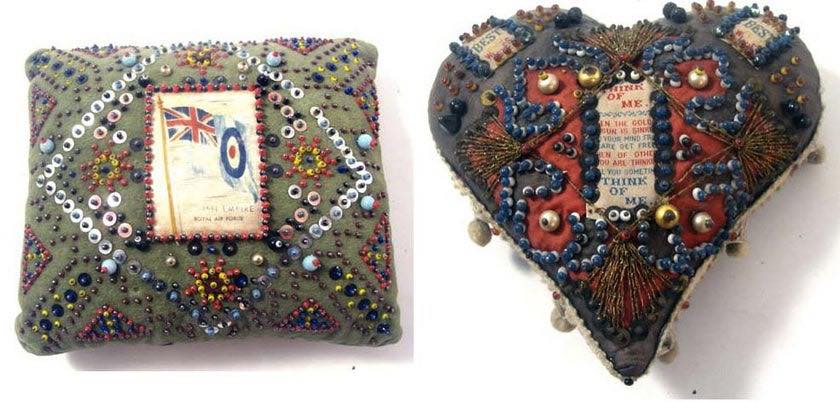
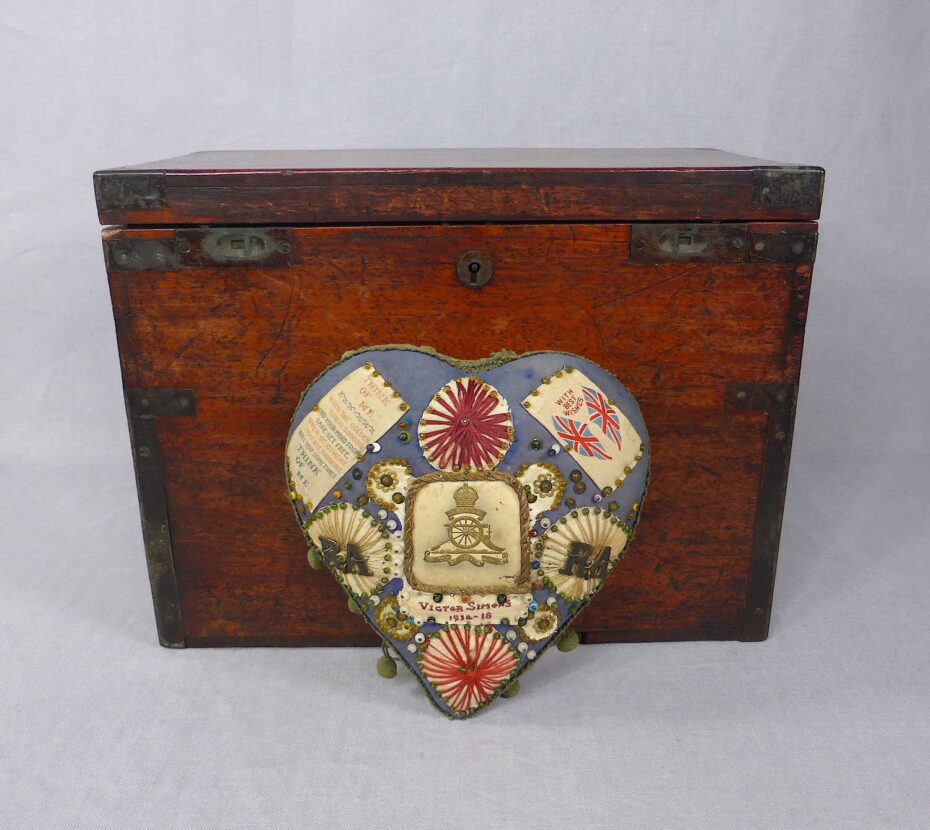
The tradition began in the nineteenth century with Queen Victoria. The Queen was an amateur practitioner of textile arts, who thought that soldiers might find quilting or needlepoint a great distraction while far from home. Some British soldiers stationed in India made quilts, and sailors in the Navy often extended their sail-making efforts to recreational needlework. In WWI, soldiers often took up needlepoint as a way to pass the time while recuperating from war wounds, or used it as a form of occupational therapy.
Found via Slate’s The Vault.
8. An Italian man stepped outside to cool off after quarrelling with his wife – and ended up walking 450km (280 miles)

In 2020 during the height of the Covid lockdownas, a man in Como, Italy stepped outside to cool off after fighting with his wife and ended up walking 450km. His walk eventually ended a week later when he was stopped in Fano and fined €400 for breaking the curfew. His wife, who had reported him missing, travelled to Fano to collect him.
Full story found on the BBC.
9. Roald Dahl’s pocket-sized writing shed at the Roald Dahl’s museum in the UK
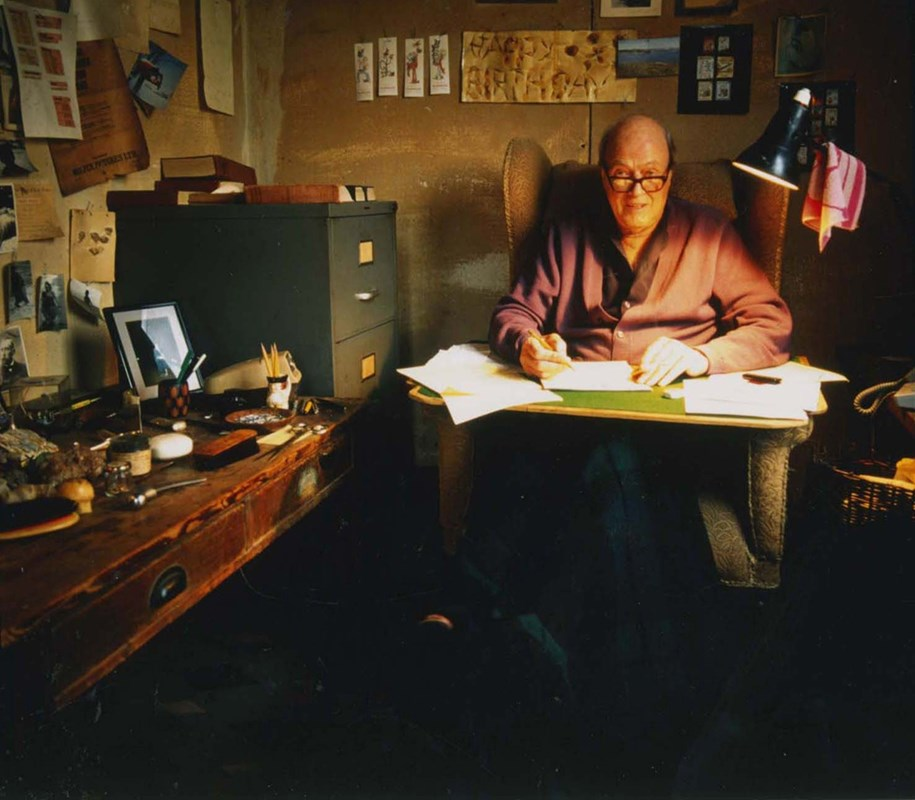
Supposedly Roald Dahl‘s books continue to sell at the rate of 12 a minute every day of the year… Gipsy House in Great Missenden, England where the author lived from 1954 until his death in 1990 still remains in his family. So Dahl’s pocket-sized brick and polystyrene writing shed, where he produced children’s stories like Matilda and James and the Giant Peach, is not open to the public but has instead been recreated at the Roald Dahl Museum and Story Centre located on High Street in the village…
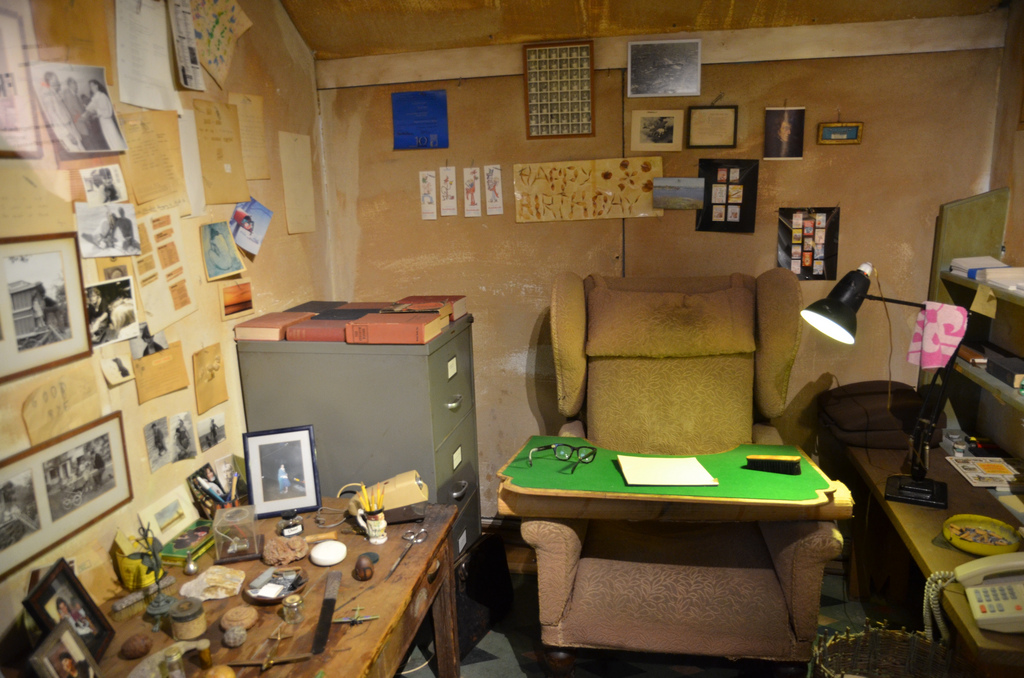
He often said his shed was like a little nest or a womb, and let’s just say he wasn’t wrong… Dahl was 6’ 5” – how did someone so tall work in such a tiny space?
Found on Thisbelongsinmuseum
10. Ruritanian romance, a genre of literature worth searching for
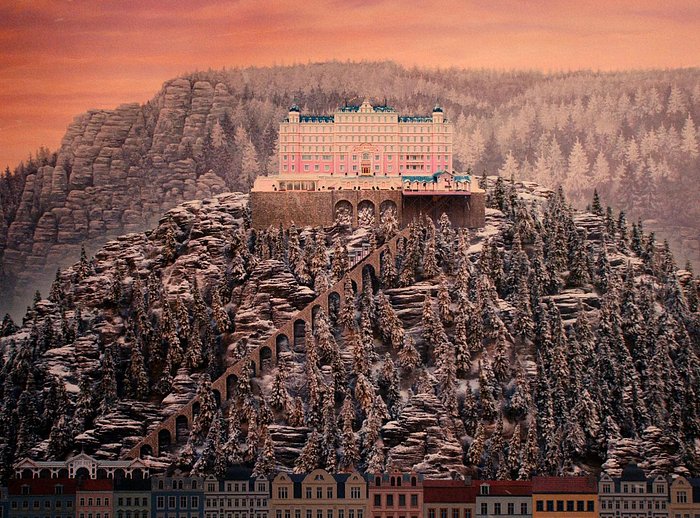
Ruritanian romance, a genre of literature, film etc, with stories set in a fictional country, usually in the Balkan, Central or Eastern Europe, used for example in ‘Prisoner of Zelda’, ‘Duck Soup’, ‘Pale fire’, ‘King in New York’, ‘Castle of Cagliostro’, ‘Grand Budapest Hotel’.
(These are the sort of factoids I’m into as a bookshop owner now).
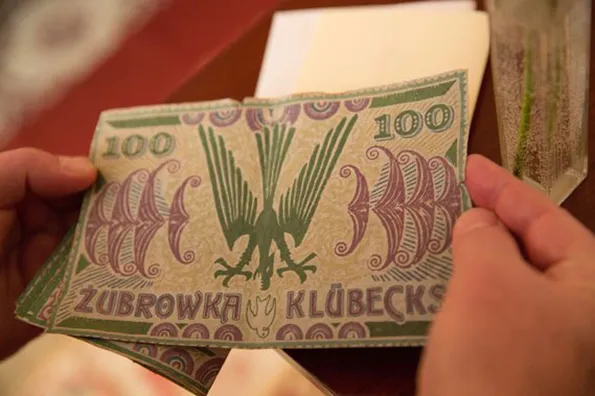
Such stories are typically swashbuckling adventure novels, tales of high romance and intrigue, centered on the ruling classes, almost always aristocracy and royalty, although (for instance) Winston Churchill’s novel Savrola, in every other way a typical example of the genre, concerns a revolution to restore rightful parliamentary government in the republican country of Laurania. The themes of honor, loyalty and love predominate, and the works frequently feature the restoration of legitimate government after a period of usurpation or dictatorship.
Read more about the genre here.
11. Real-life Wes Anderson moment (circa 1965) taken by fashion photographer Gösta Peterson for New York Times
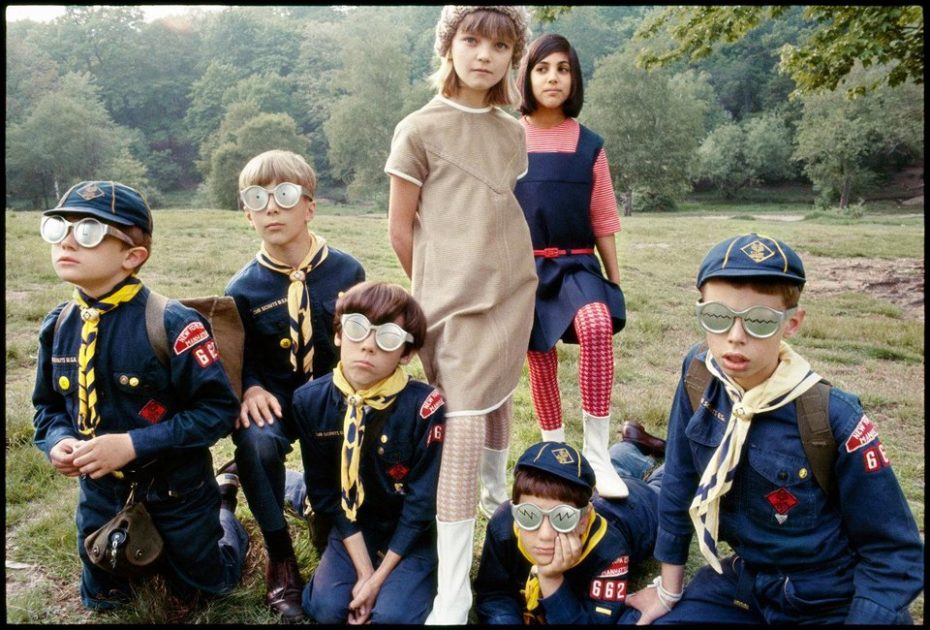
The real-life Moonrise Kingdom. Found on Reddit.
12. Extreme English Gardening at Powis Castle

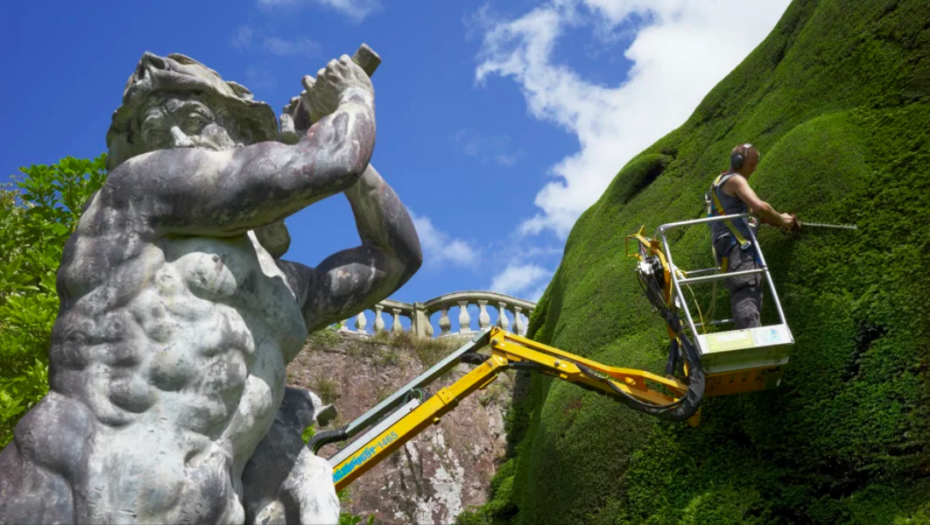
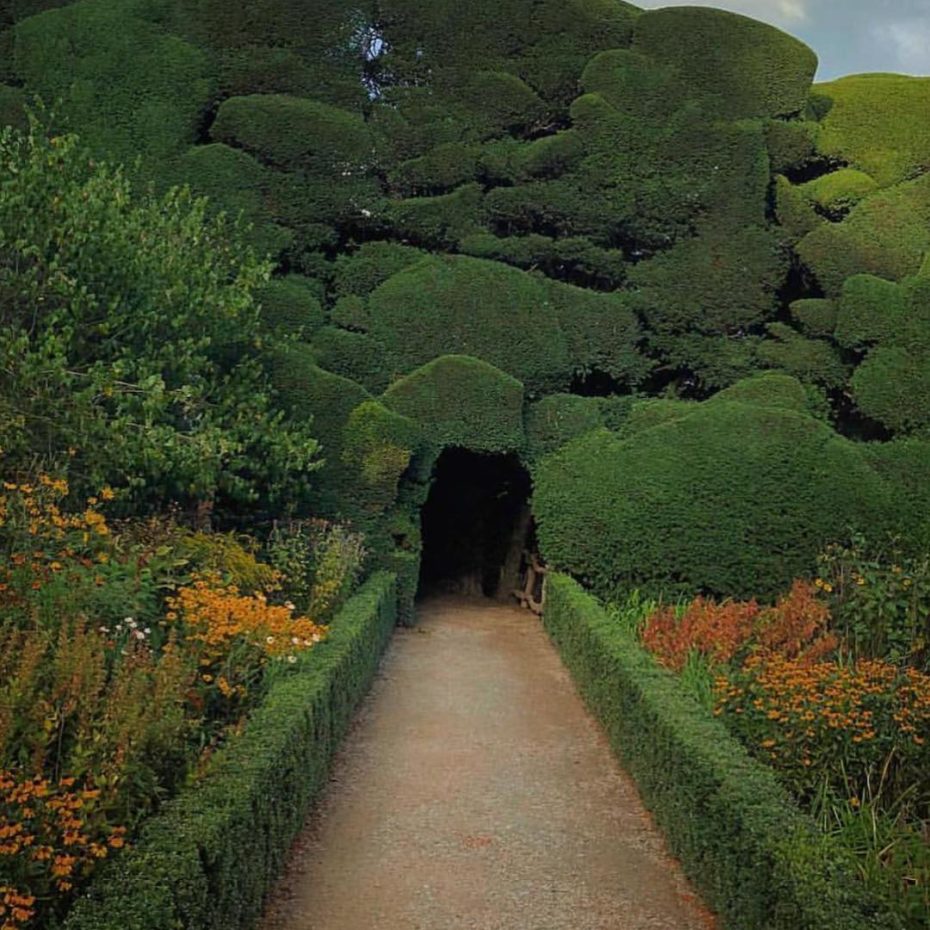
The 820 yr-old English castle crew says, “trimming the high topiary is a huge task. It takes one gardener about 10 weeks on a hydraulic cherry-picker to get it all done.” Quite a haircut. The Castle isn’t too bad, either:
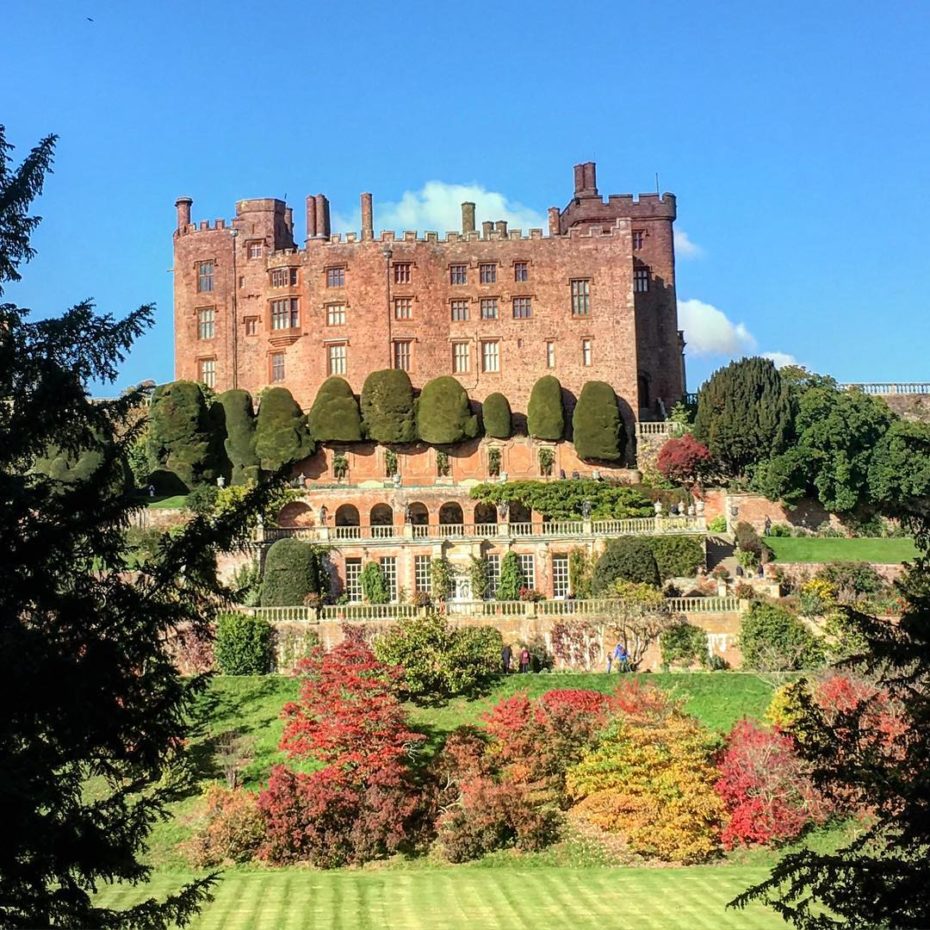
Found via The National Trust
13. The Candy Factory: a Singular Artists’ Enclave in Brooklyn
Some 40 years ago, the real-estate agent Ann Ballentine bought a former candy factory in the Clinton Hill neighborhood of Brooklyn. In the years that followed, she rented out the units inside to painters, sculptors, musicians, industrial designers, and filmmakers. The ecosystem of the residence, still called the Candy Factory, has yielded all sorts of collaborations, including a romantic partnership and an organ donation. What’s remarkable to anyone who has searched for studio space—or rental stability of any kind in New York City—is that the artists have been able to stay there for so long. Some have been in their studios for decades. That stability is the result of Ballentine’s ethos; she declined to sell the building to developers for a sizable profit, or to gouge her artist tenants by spiking rents.